Negotiating the Rules-of-Origin (RoO) in trade agreements
Given the complex GVCs & multiple trade agreements with different RoOs and requirements, it is now extremely difficult to understand the entire value chain of a product, the level of value addition by a country, how RoOs are defined under each agreement and what is likely to be the impact after a trade agreement is signed.
- The COVID-19 pandemic has led to changes in government strategies, partnerships, and supply chain diversification. The country has fast-tracked the process of negotiating trade agreements with strategic trading partners.
- While there are clear benefits of negotiating trade agreements for greater market access with key export markets, there are certain complexities of negotiating multiple agreements with partners having different interests.
- It is important to understand the complexities of the global value chains (GVCs), the value chain of each product and how it can change after multiple trade agreements are signed by the partner country.
- There is hardly any detailed study on the RoOs across different agreements of India and how RoOs can be smartly negotiated to align with the objective of Atma Nirbhar Bharat. In this regard, there is need for detailed product specific studies which will provide inputs in trade negotiations.
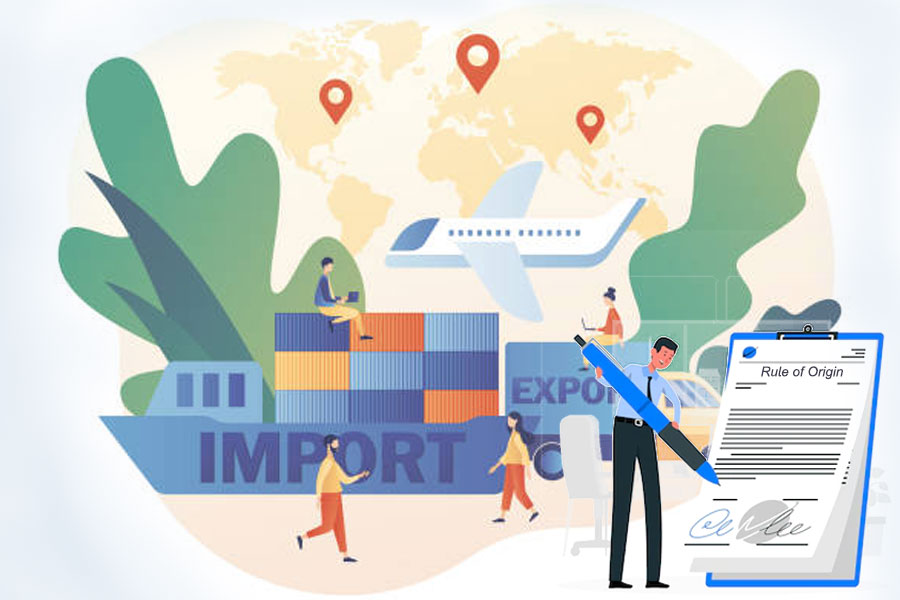
The COVID-19 pandemic has led to changes in government strategies, partnerships, and supply chain diversification. India wants to be “Atma Nirbhar” and become an integral part of global supply chains in this post-COVID era of globalization. The country has fast-tracked the process of negotiating trade agreements with strategic trading partners like Australia, Canada, the European Union (EU) and the United Kingdom (UK). The Comprehensive Economic Partnership Agreement (CEPA) between India and the United Arab Emirates (UAE) was concluded in a record time of 90 days. The agreement was signed on February 18, 2022, and is in effect from May 1, 2022. The Interim India-Australia Economic Cooperation and Trade Agreement (ECTA) was signed on April 2, 2022, and it is expected to come into force by the end of May 2022. Both India and Australia are committed to close the comprehensive agreement by December 2022. The India-UK Interim Agreement is expected to be signed by Diwali 2022, and the negotiation with the EU is expected to start in June 2022. Thus, multiple trade deals are likely to be sealed this year.
While there are clear benefits of negotiating trade agreements for greater market access with key export markets, there are certain complexities of negotiating multiple agreements with partners having different interests. First, many of these countries have lower tariffs than India and hence tariff negotiations implies that India may need to liberalize more. Second, given that India is offering different commitments to different countries, it is important to have a clear understanding on how the MFN clause will be applicable, to understand the future gains from the agreement. In some of its past agreements, like that with Japan or Korea, India had not agreed to an MFN. However, in its future agreements like the one with the EU or any future agreement with the USA, there can be an MFN clause and, thus, a benefit given to a trading partner in the future may be automatically applicable to the EU or the USA.
Third, the ask list of industry in the two FTA partner countries can be opposite. For example, while the companies in Australia, EU and the UK may want greater market access in products like cheese, alcoholic beverages, or in the mineral sector like zinc, domestic producers in India may want the market to be closed because of reasons like it can lead to decline in income (for example, decline in income of Indian farmers from import of dairy products) or that the domestic producers who have invested a lot to make the country self-sufficient with respect to production, should be given a substantial opportunity to cater to domestic needs. Pressure from both sides on their respective trade negotiators complicates the process of negotiations, which not only includes tariff issues but also areas like non-tariff barriers and Rules-of-Origin (RoO).
It is important to understand the complexities of the global value chains (GVCs), the value chain of each product and how it can change after multiple trade agreements are signed by the partner country.
An example to illustrate this case is that of the Republic of Korea (ROK) and zinc exports. The ROK does not have zinc mines and was not among the top 10 producers of zinc in 2019 according to the United States Geological Survey (2020). By contrast, India was the fifth largest producer of zinc in 2019. In its trade agreement with ROK, India agreed on phased tariff reduction for zinc, but subsequently imports rose at an alarming rate. From a positive trade balance of US$ 124.64 million in 2010-11, there was a negative trade balance of US$ 181.23 (see Table 1) in 2020-21. Under the India-Korea CEPA, ROK eliminated tariffs in zinc products at the time of implementation of the CEPA agreement (i.e., January 1, 2010), while India committed to eliminate tariffs from 7.5% to 0 in a period of 5 years. Therefore, since January 1, 2015, the imports of zinc products from ROK are duty free.
Looking at why exports suddenly surged from the ROK, over the decade, the ROK has increased its smelting capabilities manifold from around 300 KT at the time of signing of the CEPA to around 900 KT at present, making it the leading exporter of zinc in 2020, accounting for 10.5% of the global exports. ROK got cheap raw materials through its trade agreements with countries that have large resources/mines like China, Australia and the USA. It has set up smelting facilities and is now exporting. Exports from ROK, has been a major concern of the Indian producers, who are facing tough competition from the low-cost imports. Another example of low-cost imports is that of steel after the duty came down to zero, under the comprehensive trade agreements with Japan and ROK. Prior to these trade agreements while automobile industry from the two countries were present in India, there was hardly any steel import. So, India kept automobile and auto-component in the negative list but liberalized imports of steel. This led to rise in steel imports after the trade agreements. One of the reasons for the same was that the trade negotiators of the partner countries were looking at the entire value chain of the product during the trade negotiations. In contrast, high tariffs in case of India, often protects the industry from competition due to factors beyond their control like high logistics costs or high cost of power.
When the tariffs are lowered, the entire value chain of the product must be studied, along with the value addition norm of the RoO. This leads to complexities in negotiating trade agreements. As of March 2022, according to the data given by the World Trade Organization (WTO), 354 regional and bilateral trade agreements were in force. Given that there are development of complex GVCs and multiple trade agreements with different RoOs and requirements, it is now extremely difficult to understand the entire value chain of a product, the level of value addition by a country, how RoOs are defined under each agreement and what is likely to be the impact after a trade agreement is signed.
Table 1: Bilateral Trade of India and Republic of Korea in Zinc Products
| Year | Exports (Value in USD Million) | Imports (Value in USD Million) | Total Trade (Value in USD Million) | Trade Balance (Value in USD Million) |
| 2010-2011 | 147.18 | 22.54 | 169.72 | 124.64 |
| 2011-2012 | 100.74 | 23.23 | 123.97 | 77.51 |
| 2012-2013 | 91.24 | 80.06 | 171.3 | 11.18 |
| 2013-2014 | 53.17 | 77.08 | 130.25 | -23.91 |
| 2014-2015 | 81.31 | 148.43 | 229.74 | -67.12 |
| 2015-2016 | 88 | 186.87 | 274.87 | -98.87 |
| 2016-2017 | 93.36 | 336.58 | 429.94 | -243.22 |
| 2017-2018 | 161.74 | 432.19 | 593.93 | -270.45 |
| 2018-2019 | 130.72 | 365.57 | 496.29 | -234.85 |
| 2019-2020 | 94.47 | 308.15 | 402.62 | -213.68 |
| 2020-21 | 48.85 | 230.08 | 278.93 | -181.23 |
| 2021-22
(Apr – Nov) |
46.03 | 195.92 | 241.95 | -149.89 |
Source: Export-Import Databank, Ministry of Commerce
Rules of Origin and Trade Agreements
The RoO is a criterion used to define where the product is made. RoO ensures that preferences are available only to the signatories of the agreement and that imports from non-members do not avoid customs duties by entering through the member with the lowest tariff. Or in other words, there is no trade diversion from third countries through the trade agreements. The country of origin of the product is usually the country where the last substantial transformation took place. The RoO define the amount of local processing, or the extent of the transformation of the product, that must be undertaken in the country from which the product claiming preferences is exported. Certain agreements like the South Asian Free Trade Area (SAFTA) allow differential RoO for different countries, giving certain relaxation to the least developed countries. While the requirement of substantial transformation is universally recognized, there are wide differences among governments across the world on how it should be applied. Some apply the criterion of change of tariff classification, others the ad-valorem percentage criterion and some the criterion of manufacturing or processing operation.
For manufactured goods, RoOs are primarily of three types: i) a change in tariff heading (CTH Rule) defined at the six-digit Harmonized System level; ii) a value-added (VA Rule) usually defined as a minimum percentage of regional value content necessary to confer origin or by a maximum amount of non-originating content allowed in order to confer origin; and iii) a specified process (SP Rule) defined as manufacturing operations that must be undertaken in order to confer origin. It is noteworthy that CTH and VA or SP rules are frequently combined in RoOs in the preferential trade agreements.
The stakeholders’ consultations by ICRIER in the context of India’s ongoing trade negotiations found that the domestic industry and their associations may ask for a more rigid RoO while the export-oriented industries, export promotion councils and sometimes the user industry ask for a more liberalized RoO; making it difficult for the government to build a uniform consensus. For example, domestic zinc manufacturer wants the government to revisit the agreement with ROK, examine current product specific RoO and discuss a change in tariff subheading (CTSH) plus 35% value addition during the review with ROK. In the recent trade agreement with UAE, the RoO has been made fairly stringent and there is a need for substantial processing of up to 40% value addition and a certificate of origin issued by the Ministry of Economy, UAE, for exports from the UAE to avoid rerouting of products manufactured in a third country through the UAE.
While the Indian government has been cautious about negotiating the RoOs, there are three core issues which need to be considered:
(i) With proliferation of trade agreements, the multiple RoOs and complexities of compliance with them can add to the trade costs, which may discourage businesses from taking advantage of the FTA. Hence, for products where tariffs are low (say below 10%) trade can continue to happen through the normal route and traders may not claim benefits of the trade agreements, leading to its lower utilization. In the case of examples such as the India-Korea CEPA and zinc exports from ROK, Indian industry has been requesting for a review, but the utilisation rate of the CEPA needs to be derived to strengthen the argument for a review.
(ii) More recently, the World Customs Organization has come up with the 2022 HSN codes and for discussion on RoOs; how the product is defined is very important. Hence, Indian industry needs to check exactly where their product lie in HSN 2022 codes before making recommendations to the government.
(iii) Different stakeholders should agree on a RoO, which confers maximum benefit for the country. While some argue that high percentage of RoO is against the development of global value chains, others opine that free trade agreements should not deter domestic producers from scaling up, especially in products where India is among the top 10 producers. It is important to continuously engage with the domestic industry and get their feedback and inputs while negotiating the trade agreement.
At the same time, there is a need to have a clear mapping of the value chain by each product category, where the trading partners are in the value chain and how the value chain can change after the trade agreements. While this is difficult and Indian industry wants options for review of the existing trade agreements, the review process is not simple. It will involve review of each chapter of the agreements and discussions in new areas like government procurement or digital trade, which India has committed to in the UAE agreement.
To ask for strengthening the RoO and revisiting the RoO in agreements like that with ROK, India may need to give much more in return. At the same time, the request of the Indian industry to review the old FTAs and try to incorporate RoO as in the UAE may be thoroughly examined.
The RoO issue is not specific to India. Given its complexities across multiple agreements, the mega-regional agreement – Regional Comprehensive Economic Partnership (RCEP) has tried to harmonise the RoOs across the different trade agreements of its signatories and tried to add more clarity to the RoOs. However, only after examining the utilisation of the agreement, one can draw conclusions of its success or failure as exporters and importers may continue to use their other bilateral and regional agreements.
Strength and concerns of the domestic industry should be examined to understand the factors leading to their lack of competitiveness, if any. For example, the logistics costs in many ASEAN countries or ROK are far lower than India. Such issues must be addressed through domestic reforms as these cannot be addressed under a trade negotiation. Last but not the least, there is hardly any detailed study on the RoOs across different agreements of India and how RoOs can be smartly negotiated to align with the objective of Atma Nirbhar Bharat. In this regard, there is need for detailed product specific studies which will provide inputs in trade negotiations.
Dr Arpita Mukherjee is a Professor at ICRIER Ramneet Goswami is a Consultant at ICRIER. Views expressed are peronal.
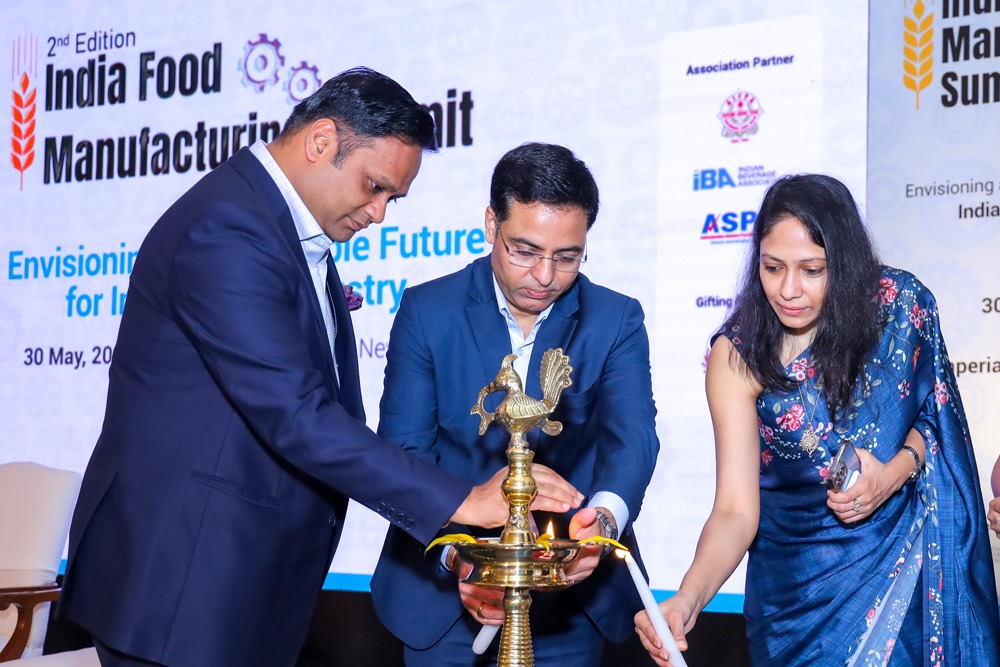
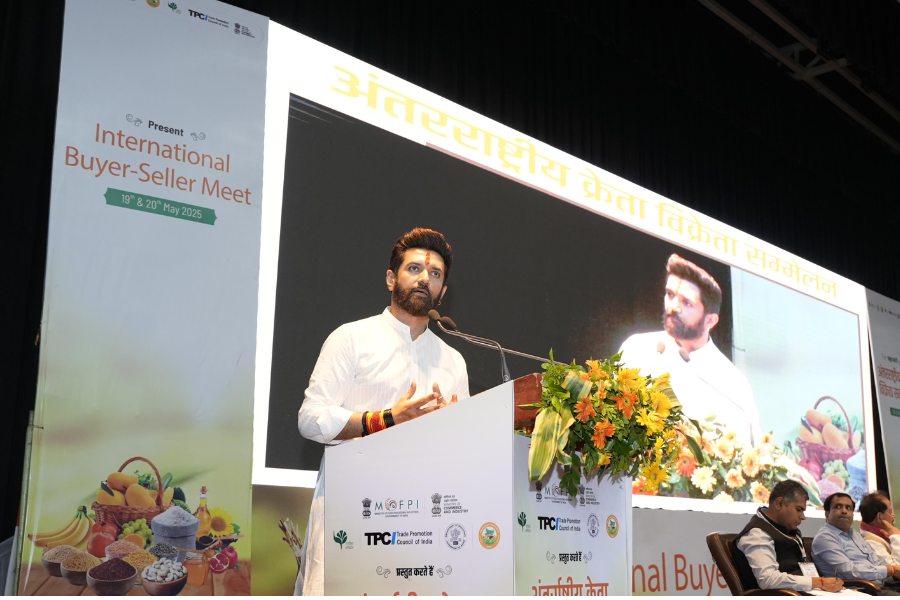
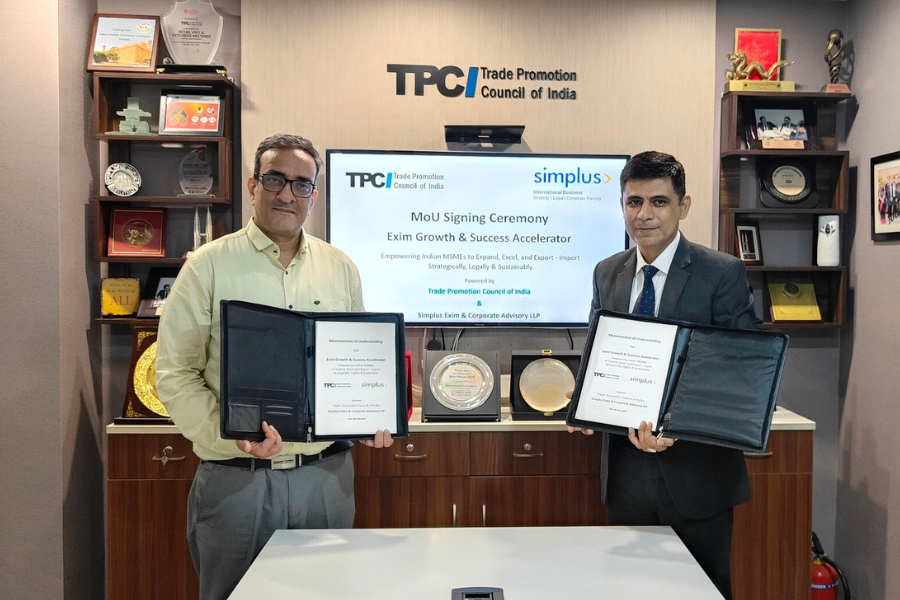




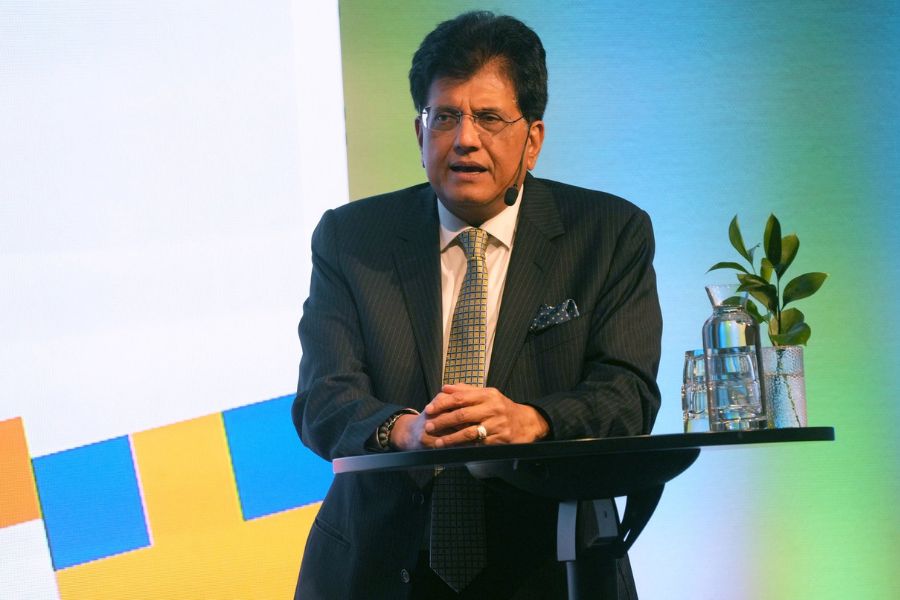

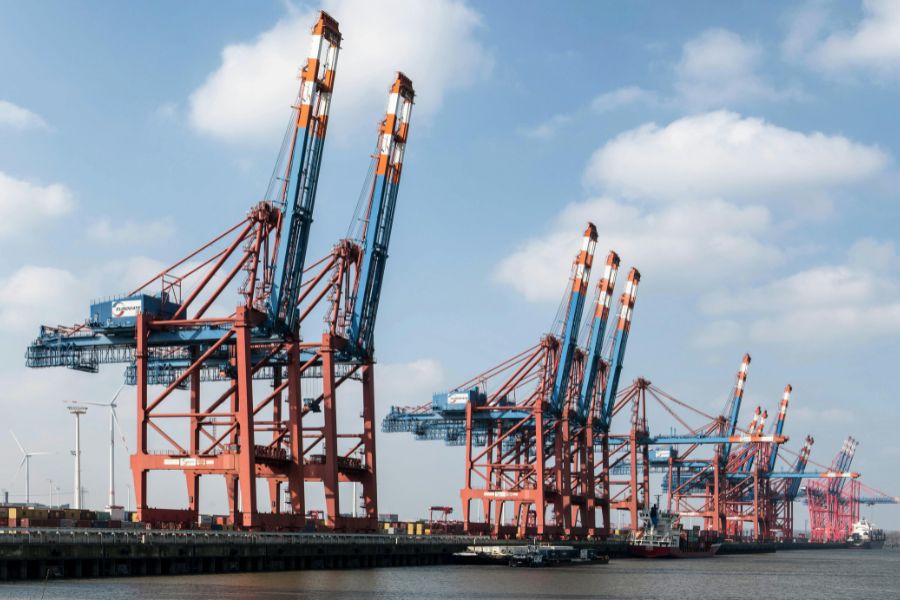

Leave a comment